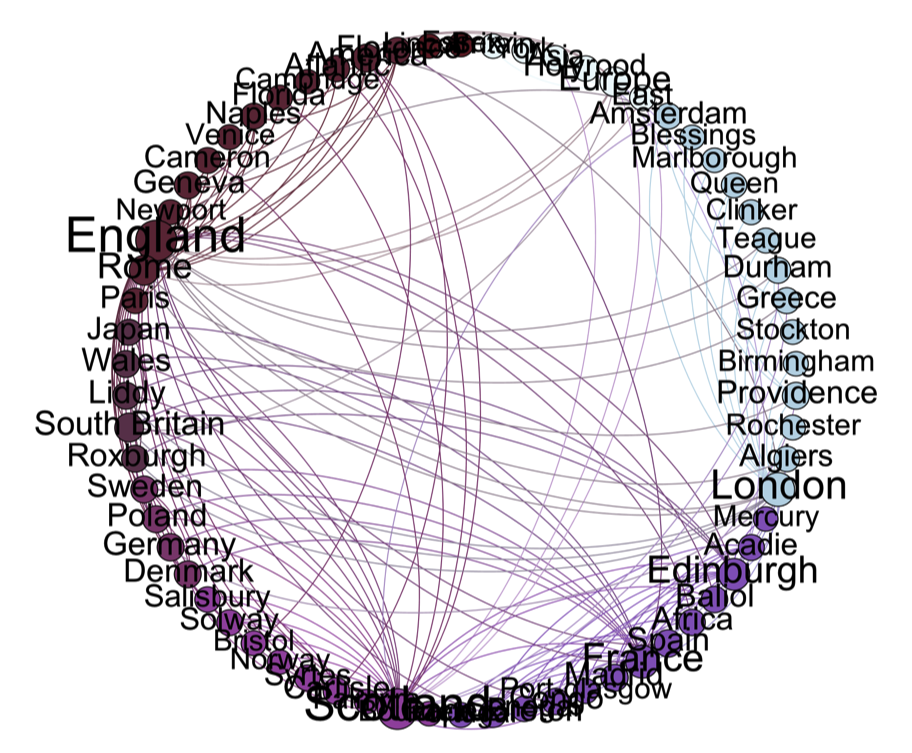It is probably a little self-serving for me to criticize for-profit colleges, but the report put out by the Senate’s Health, Labor, and Education committee is withering. Among the findings:
Well over 50% of the students who begin an associates or bachelor’s degree curriculum withdraw without receiving a degree.
For-profit colleges average a 19.2% profit on their revenue, spend 22.7% of their revenue on marketing, and only 17.2% on instruction. Notable, the figures for publicly-traded schools were worse than privately held for-profit colleges.
A big driver: Federal aid.

In 2009-2010 alone, fully a quarter of Department of Education funding (which only discriminated between colleges on the basis of accreditation) went to for-profit colleges. For-profit schools, unlike community colleges, have substantial financial aid offices that are adept at matching eligible students with federal student aid. The inquiry had been running for two years now, yielding testimony to extensive fraud and an industry that consistently places profit above education and student outcomes.
For me there are two key take-aways. First, for-profit colleges are profitable because they are serving a huge portion of the underrepresented, economically disadvantaged, and minority students who are eligible for various federal aid programs. It would be tremendously valuable public service if they did this while providing a solid education and finished degrees (and the committee singled out schools like Strayer, Walden, and National American University that are doing just that).
Second, the findings should amplify criticism of the trend to model higher-ed’s administrative structures on corporate governance. For-profit colleges should be seen as a test case for whether market forces and the profit motive can serve the public good more efficiently. The committee has found repeatedly that raises in tuition are considered with a view toward profit rather than the cost of instruction. Right now, the primary service of for-profit colleges is to siphon federal funding to shareholders while burying disadvantaged citizens under mountains of debt.

